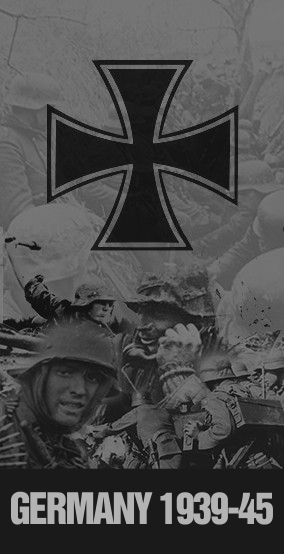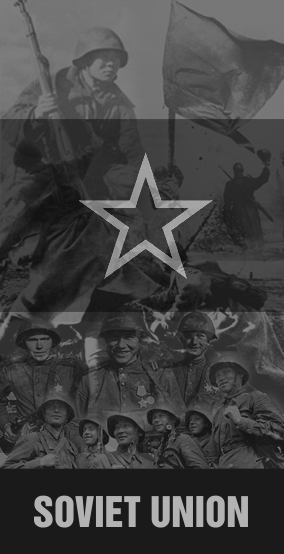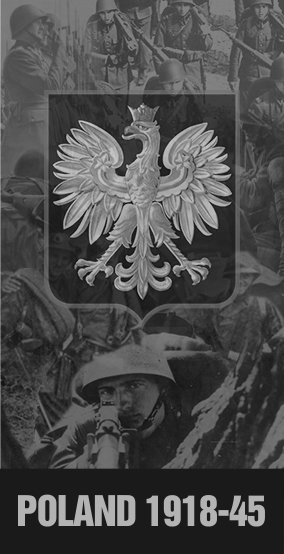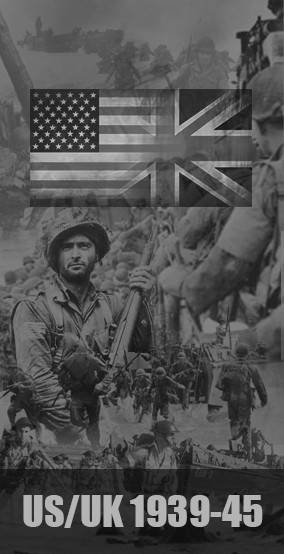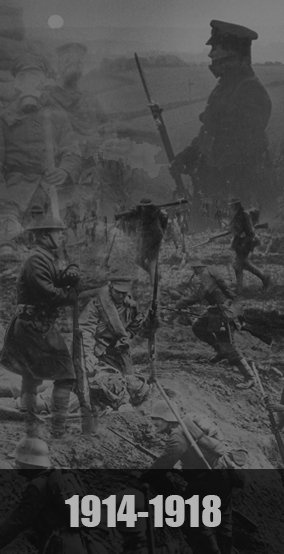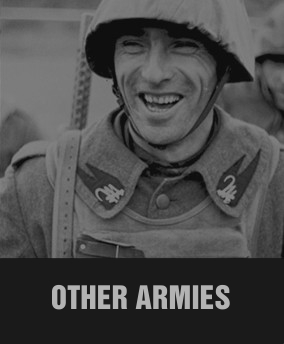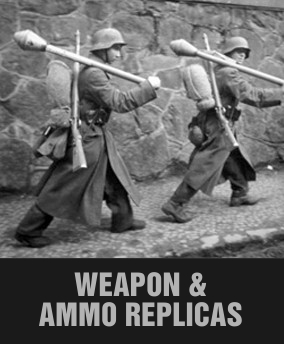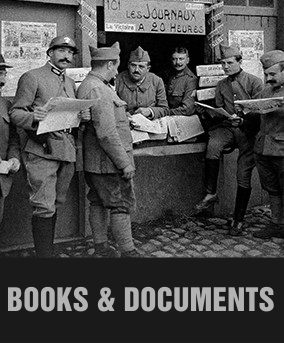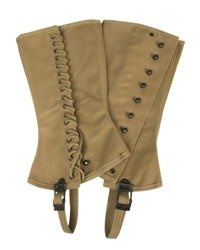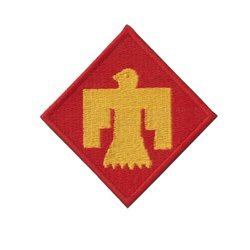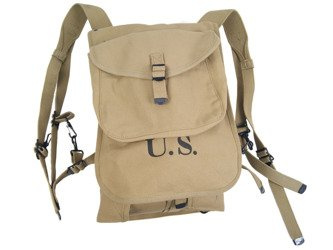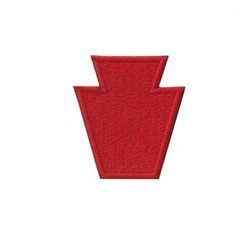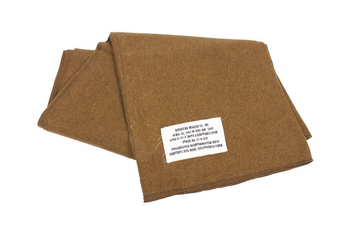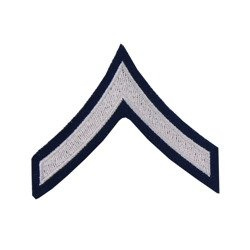In a set
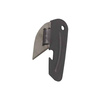 US Army can opener P 38 - surplusPrice: 1,00 € / piece
US Army can opener P 38 - surplusPrice: 1,00 € / piece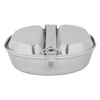 US Army M-1942 Meat Can - steel mess tinPrice: 19,80 € / set
US Army M-1942 Meat Can - steel mess tinPrice: 19,80 € / set U. S. Fork, Spoon & Knife set - reproPrice: 18,80 € / set
U. S. Fork, Spoon & Knife set - reproPrice: 18,80 € / set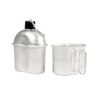 U. S. M-1910 canteen with cup - reproPrice: 11,80 € / set
U. S. M-1910 canteen with cup - reproPrice: 11,80 € / set
Next to weapons and ammunition, the most important element of every soldier's personal equipment is his canteen and mess kit. Provisions are one of the key items in the broadly understood military logistics, and the term "Hot Chow" warmed the hearts of many GI's. After all, regardless of whether someone is on the trail, or on the training ground, there is no need to explain how important is meal during the day. That is why this 2nd World War set of basic personal equipment for serving meals for US Army soldiers is an perfect gift for enthusiast of hiking, military collectors or reenactors. It will fit perfectly into hiker backpack, museum display or element of a reenactors equipment. The set includes a two-piece mess tin, a canteen with a cup, a three-piece cutlery set and a can opener. All products (except the can opener) are marked "for contact with food" and can be used safely.
SET INCLUDES
- U.S. Army can opener P 38 - surplus
- U.S. Army Fork, Spoon & Knife set
- U.S. Army M-1942 Meat Can - steel mess tin
- U.S. Army M1910 canteen with cup
FEATURES
- Ideal for reenactment!
- Good condition of the surplus can opener!
FOR REENACTMENT?
Such set were a basic element of the equipment of Marines and US Army soldiers during World War II. The M1910 canteen with minor modifications was used from 1910 to 1963, when it was replaced by a new plastic canteen model M1961. The M-1942 mess tin is derived in design directly from the M-1932 model, which production started in the 1930s. These mess tins together with cutlery were successfully issued and used in army until 2002. The P-38 can opener, starting from its introduction into service in 1942, was used (together with the P-51 model) until the 1980s, when the issue of canned MCI rations was discontinued, and a new type of MRE rations (with flexible, heat-sealed packaging) came into use.


